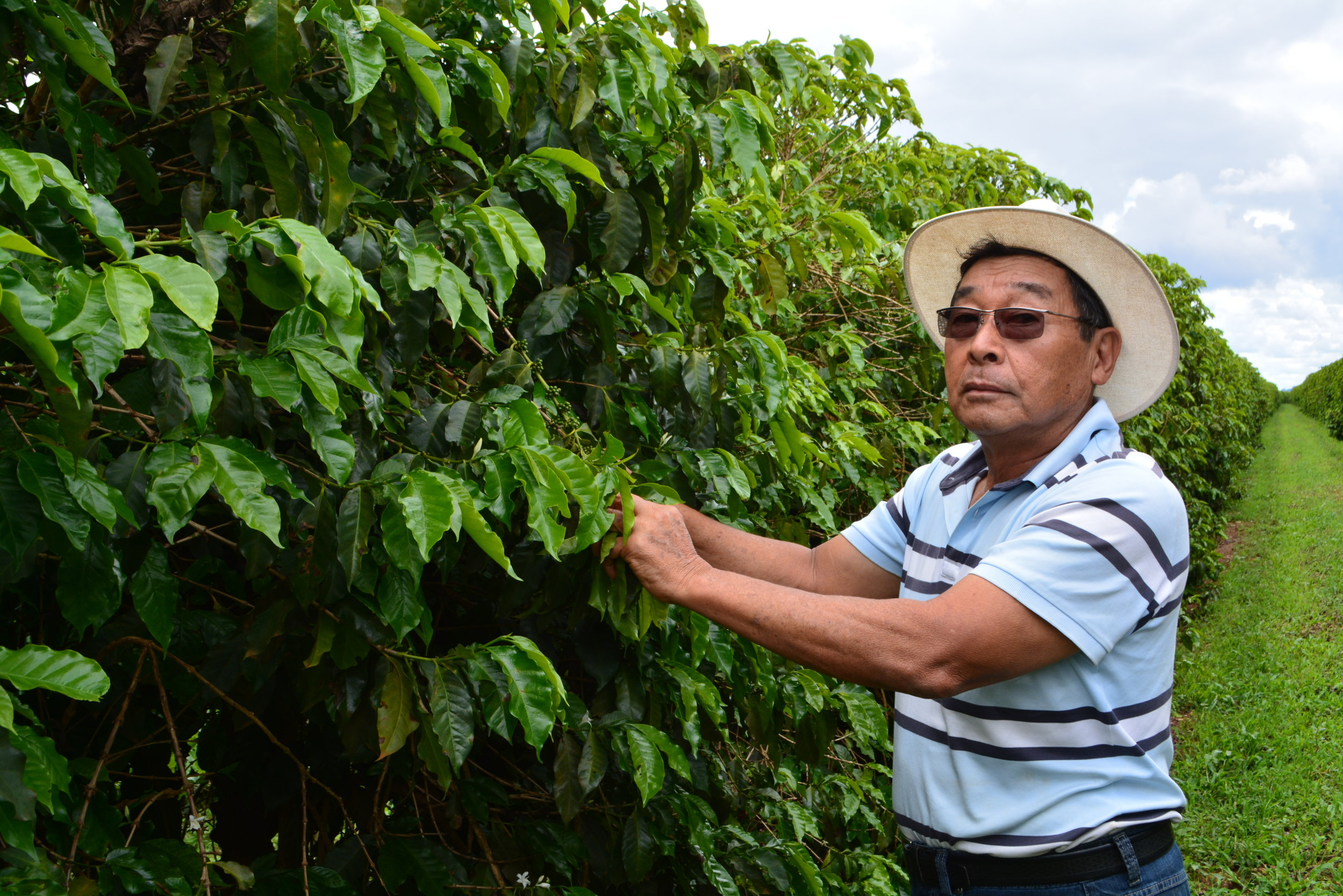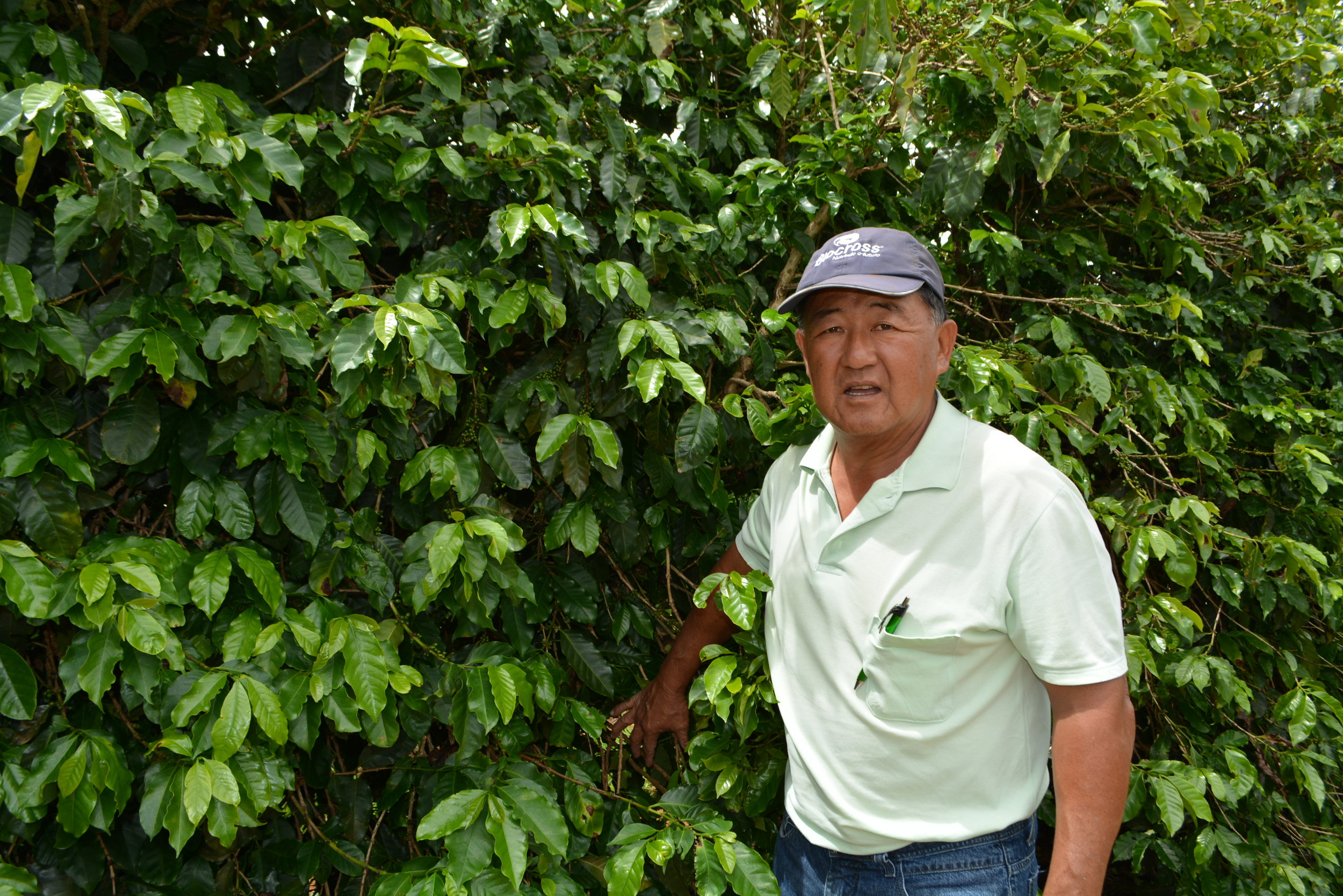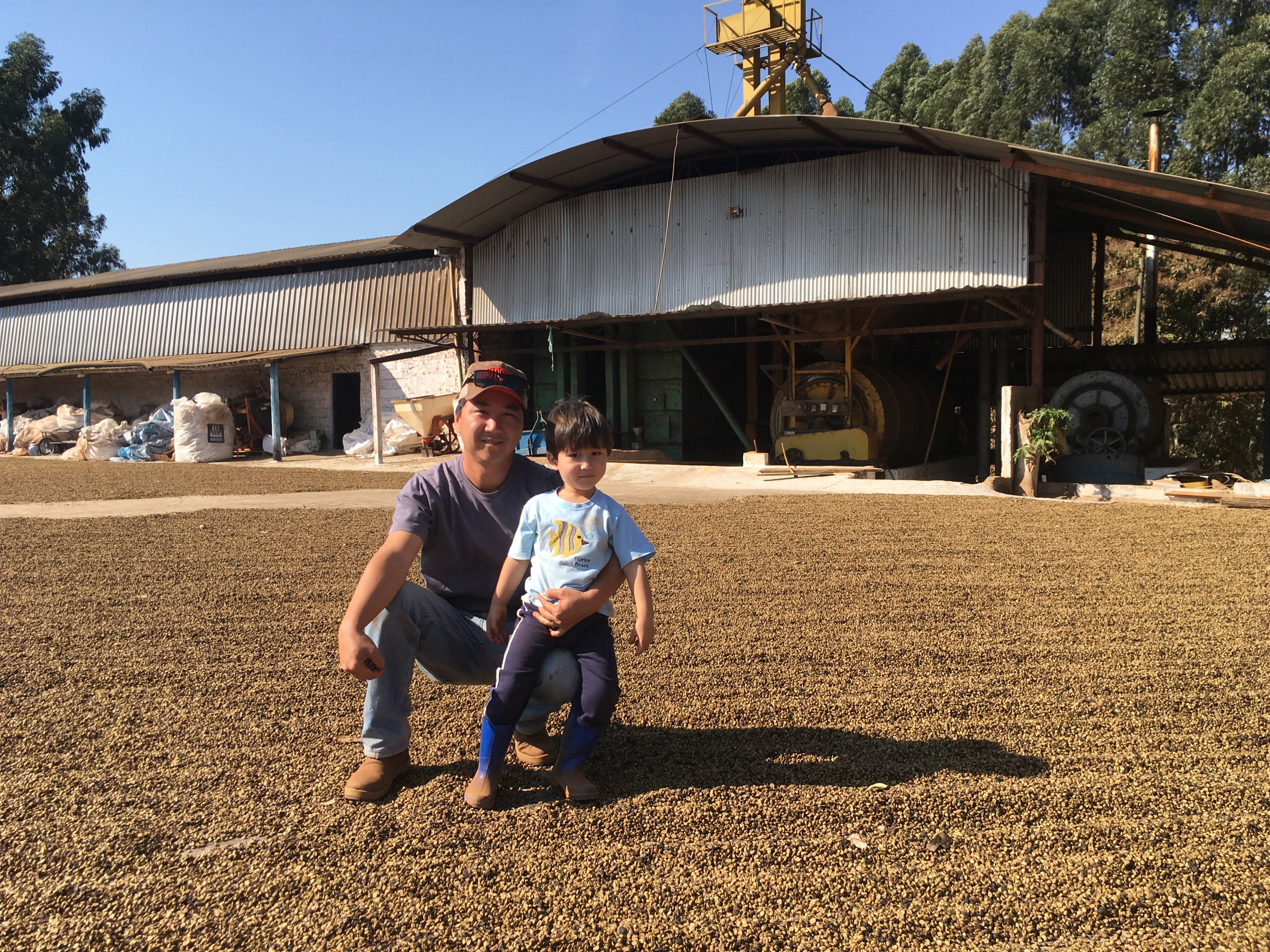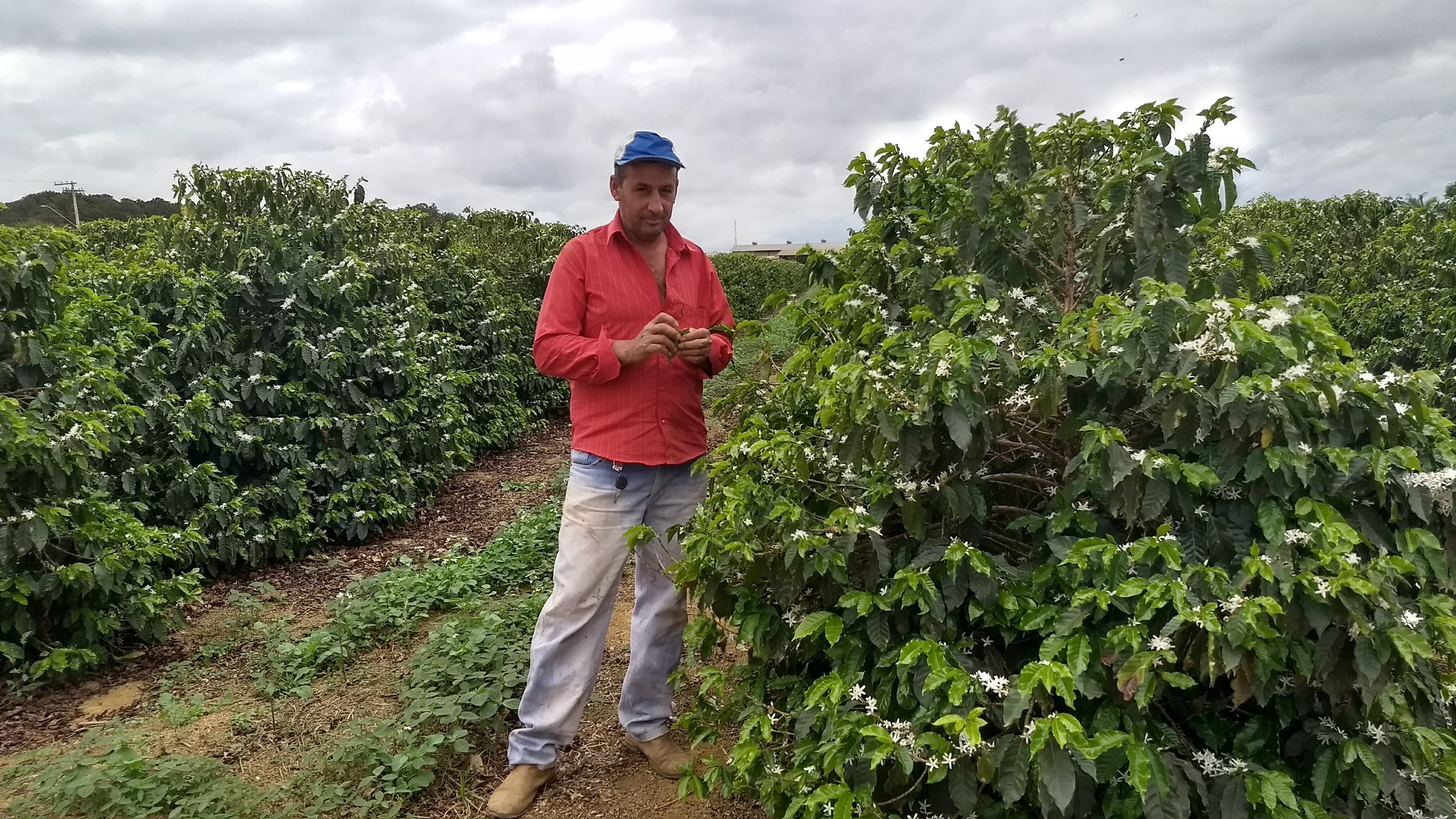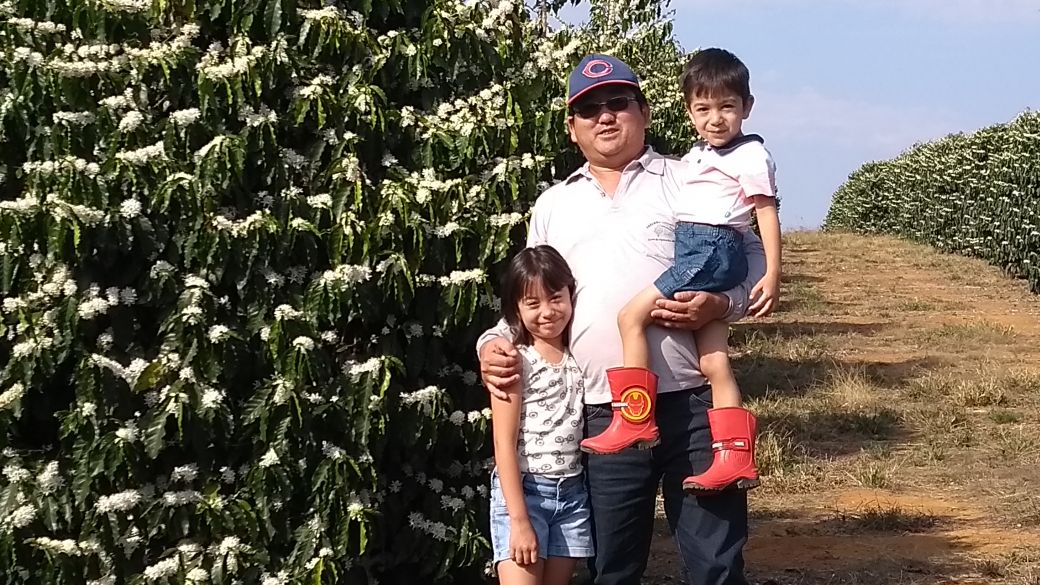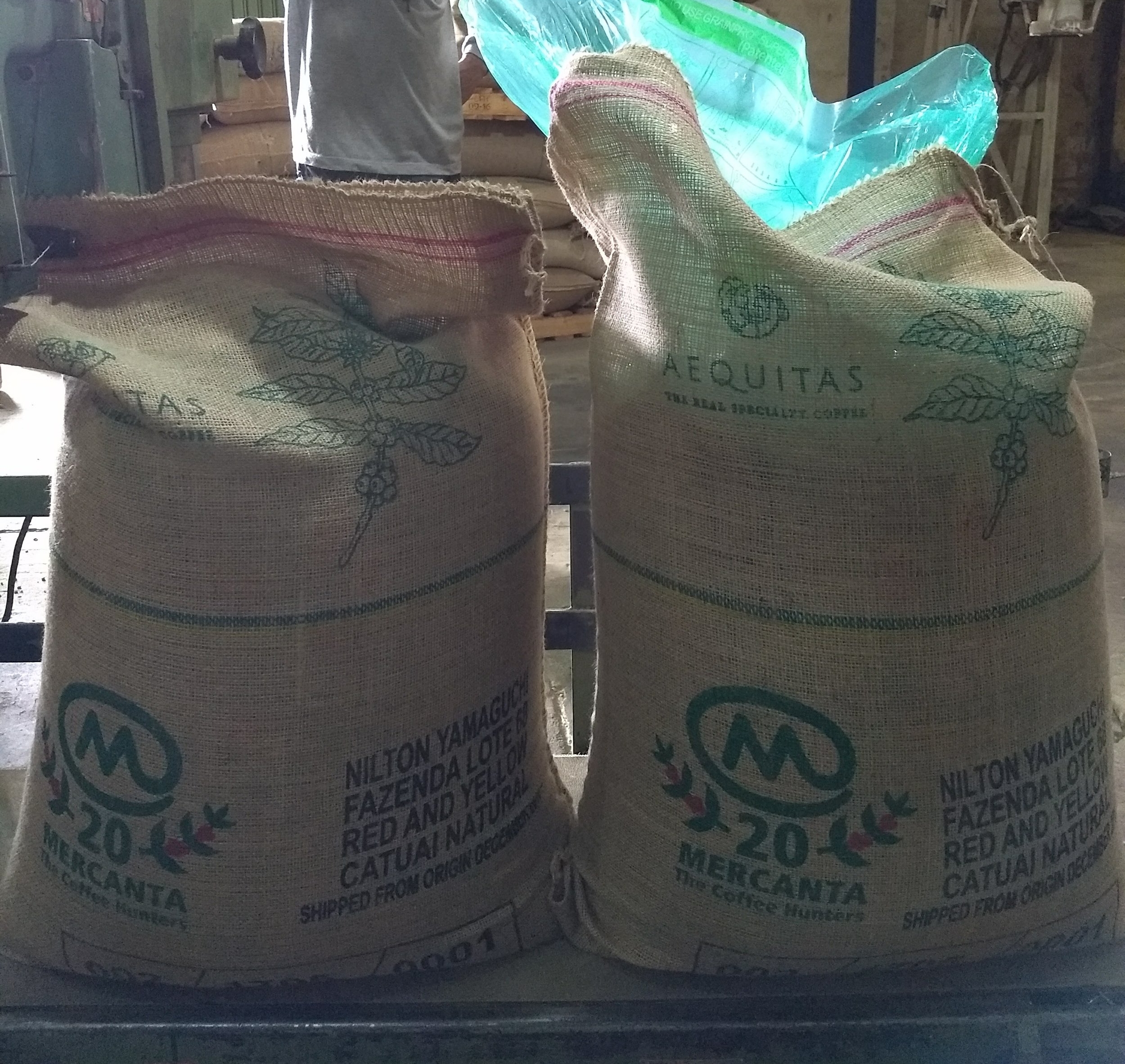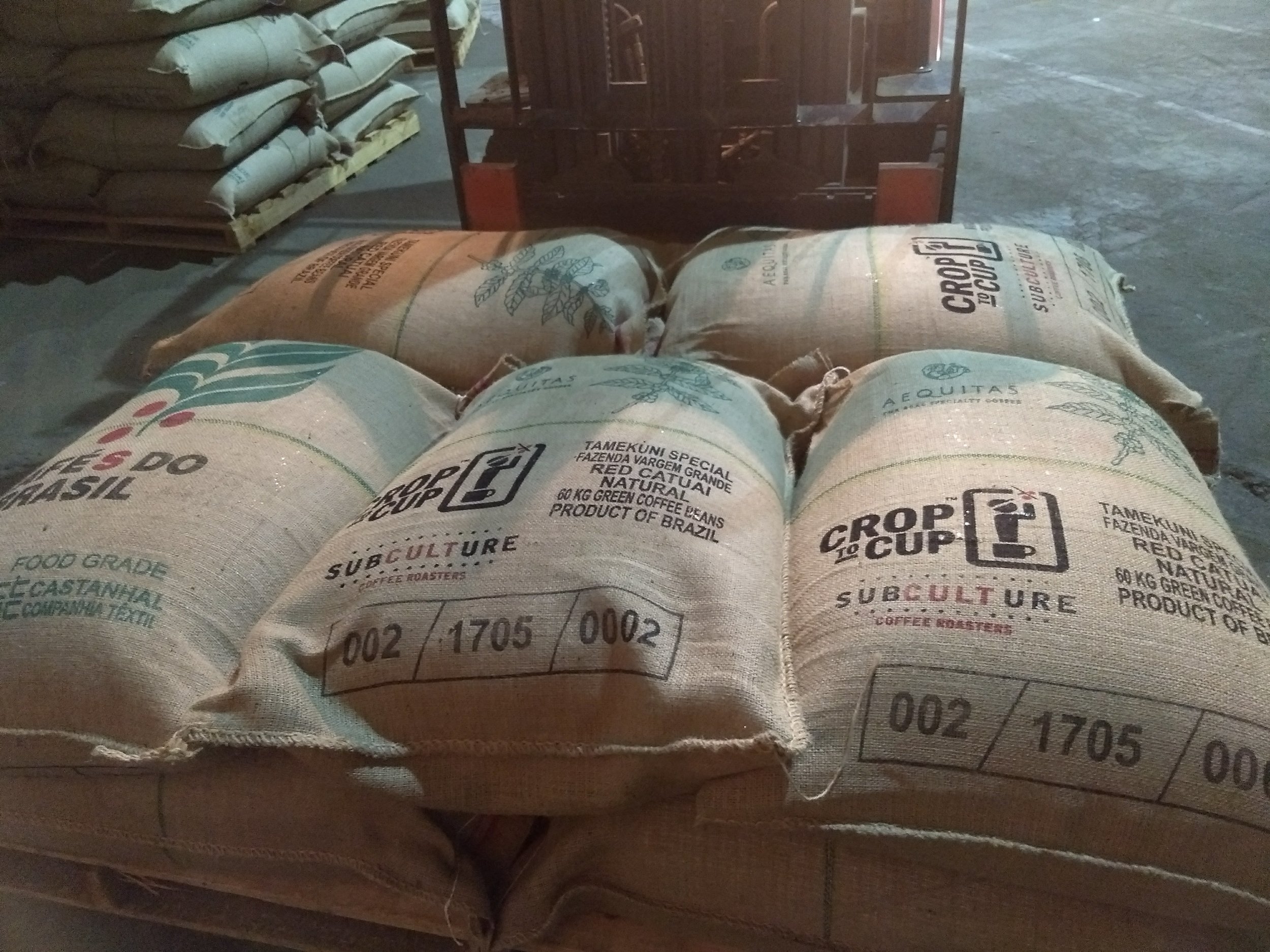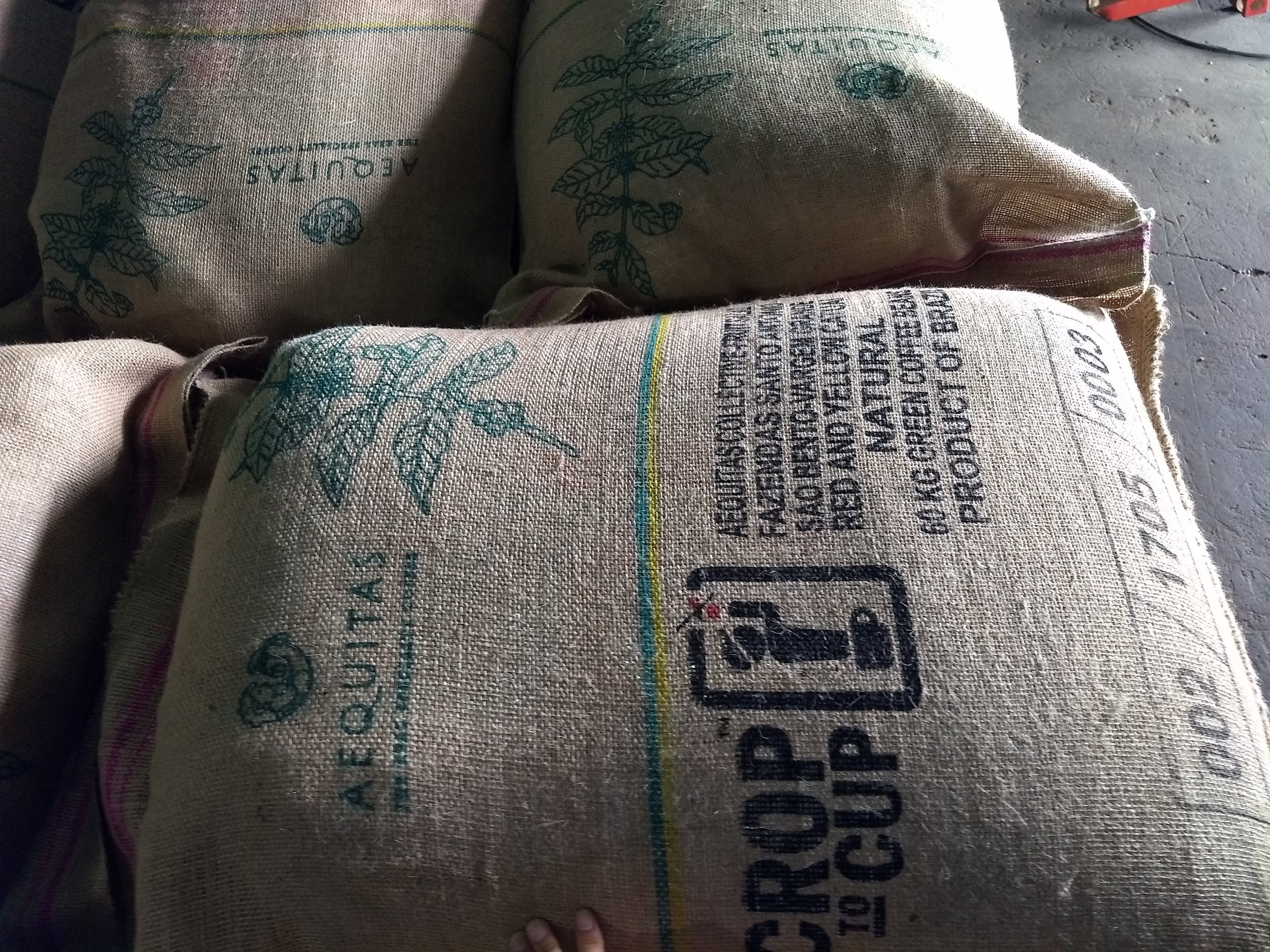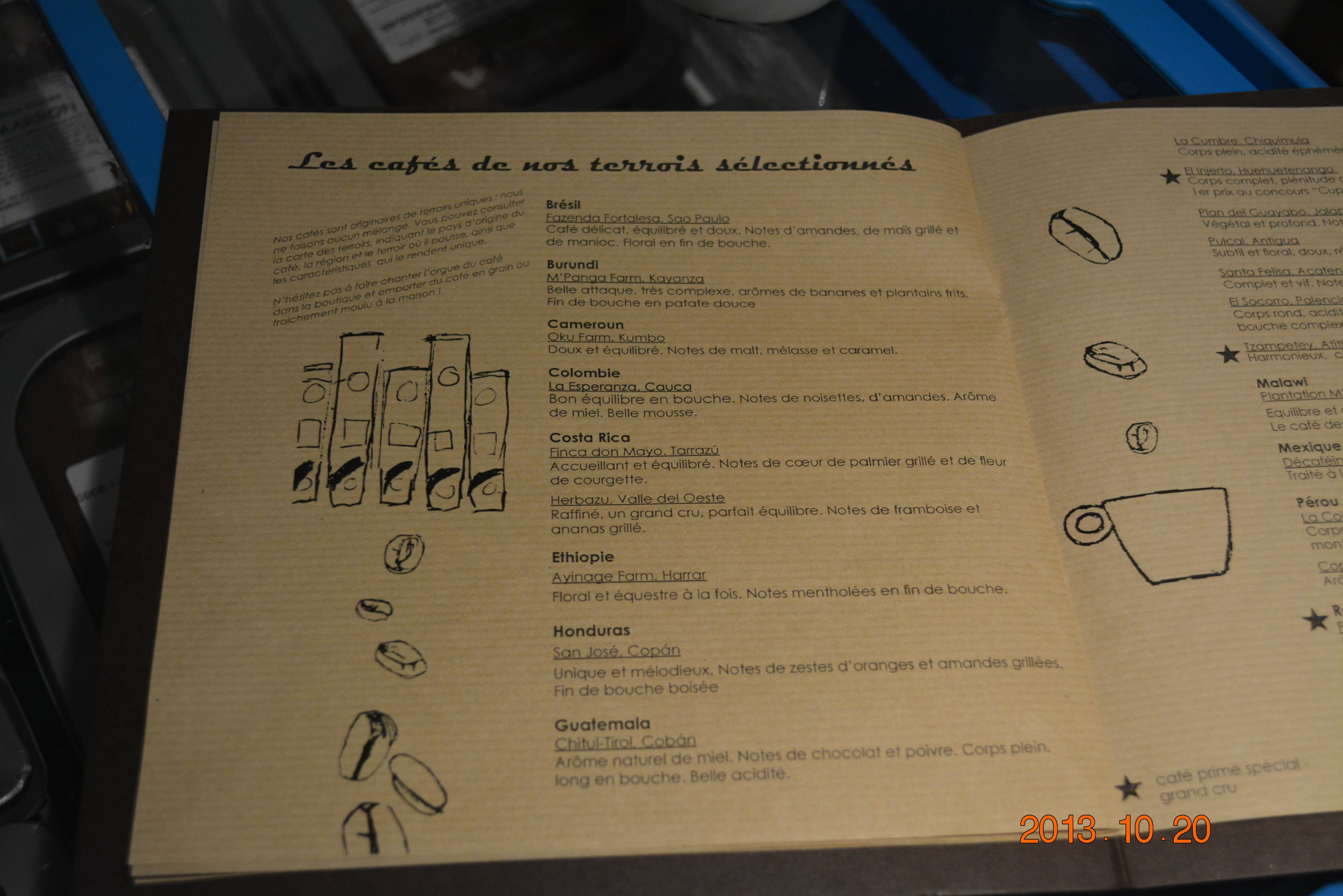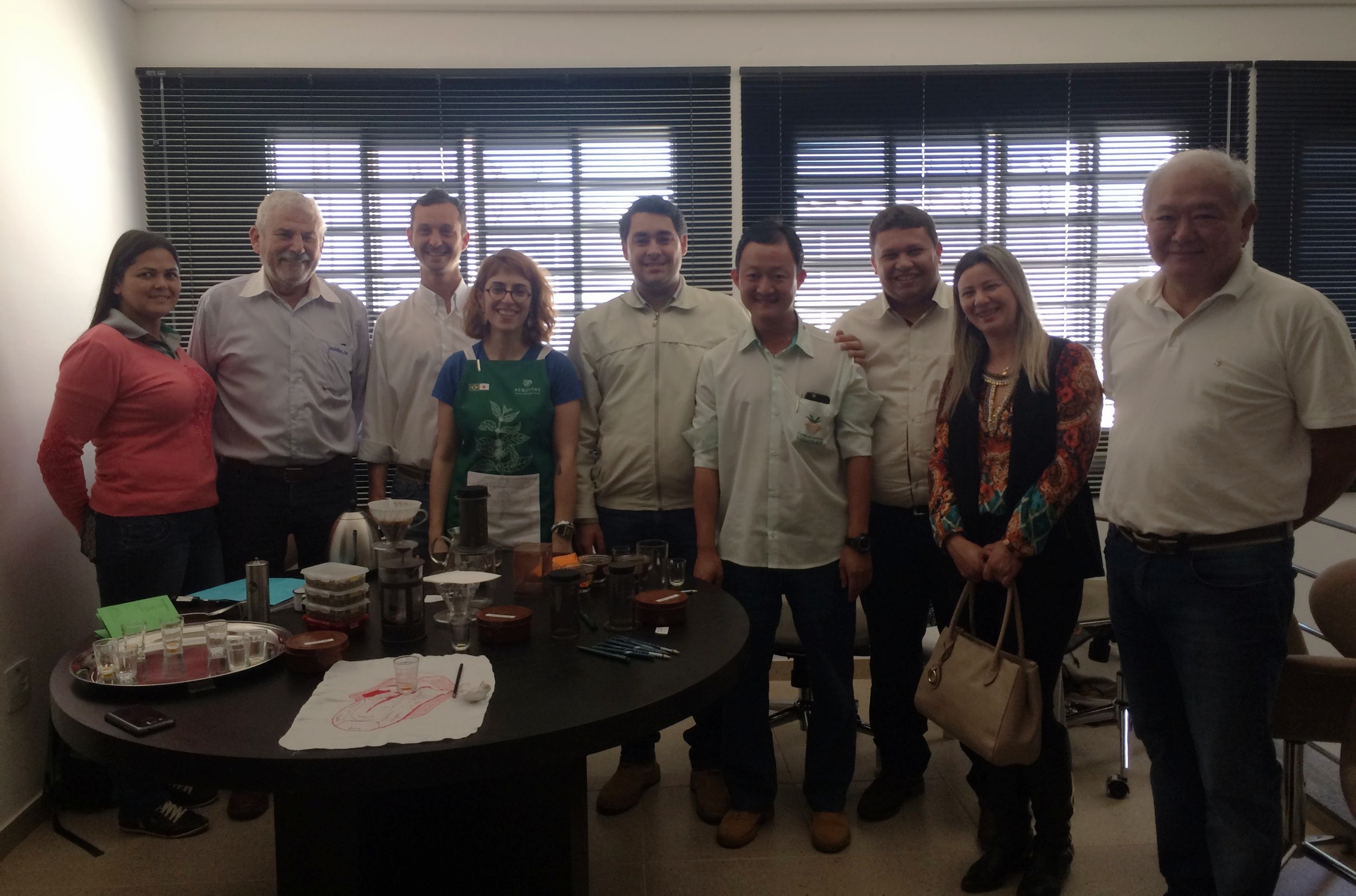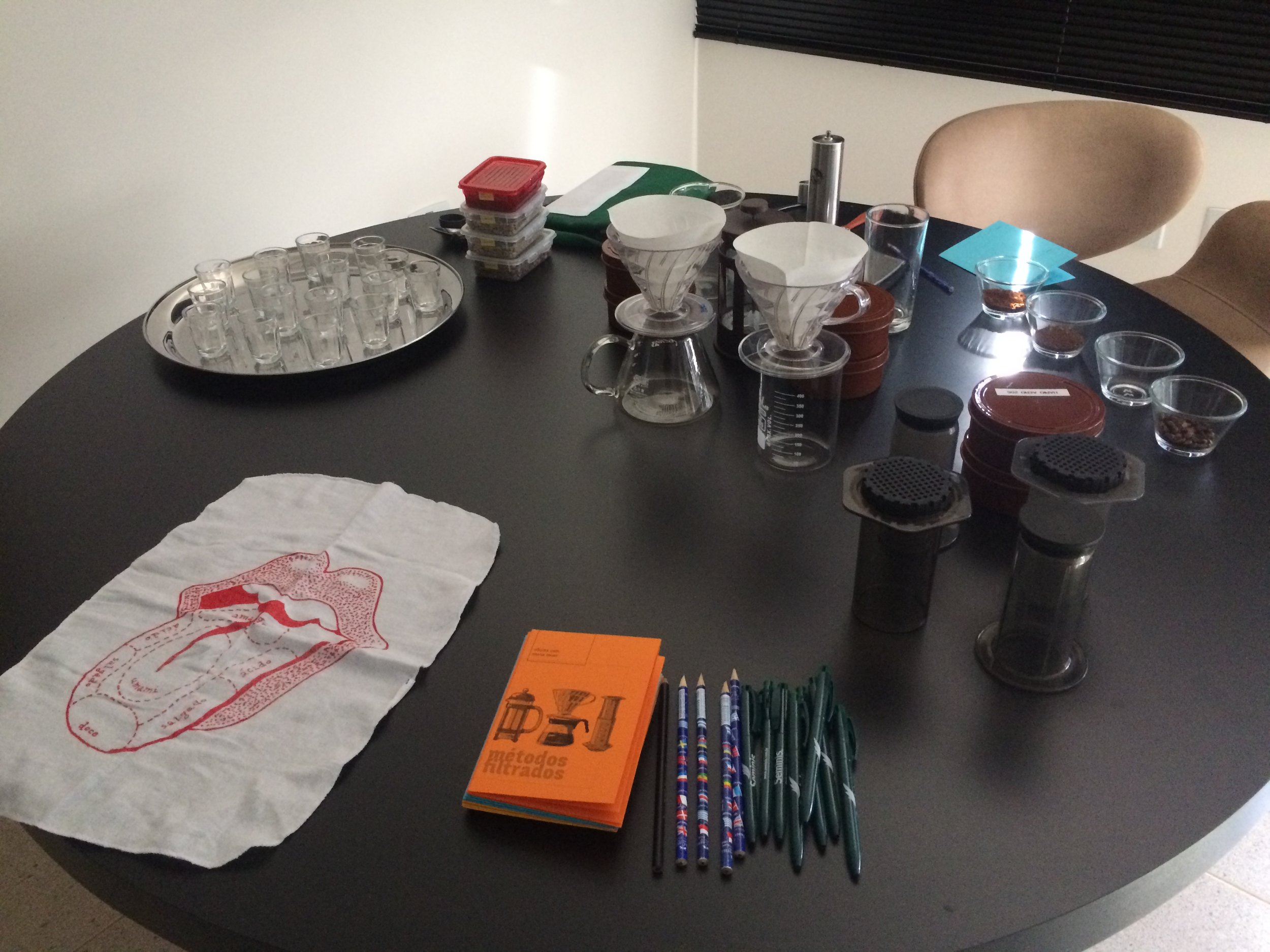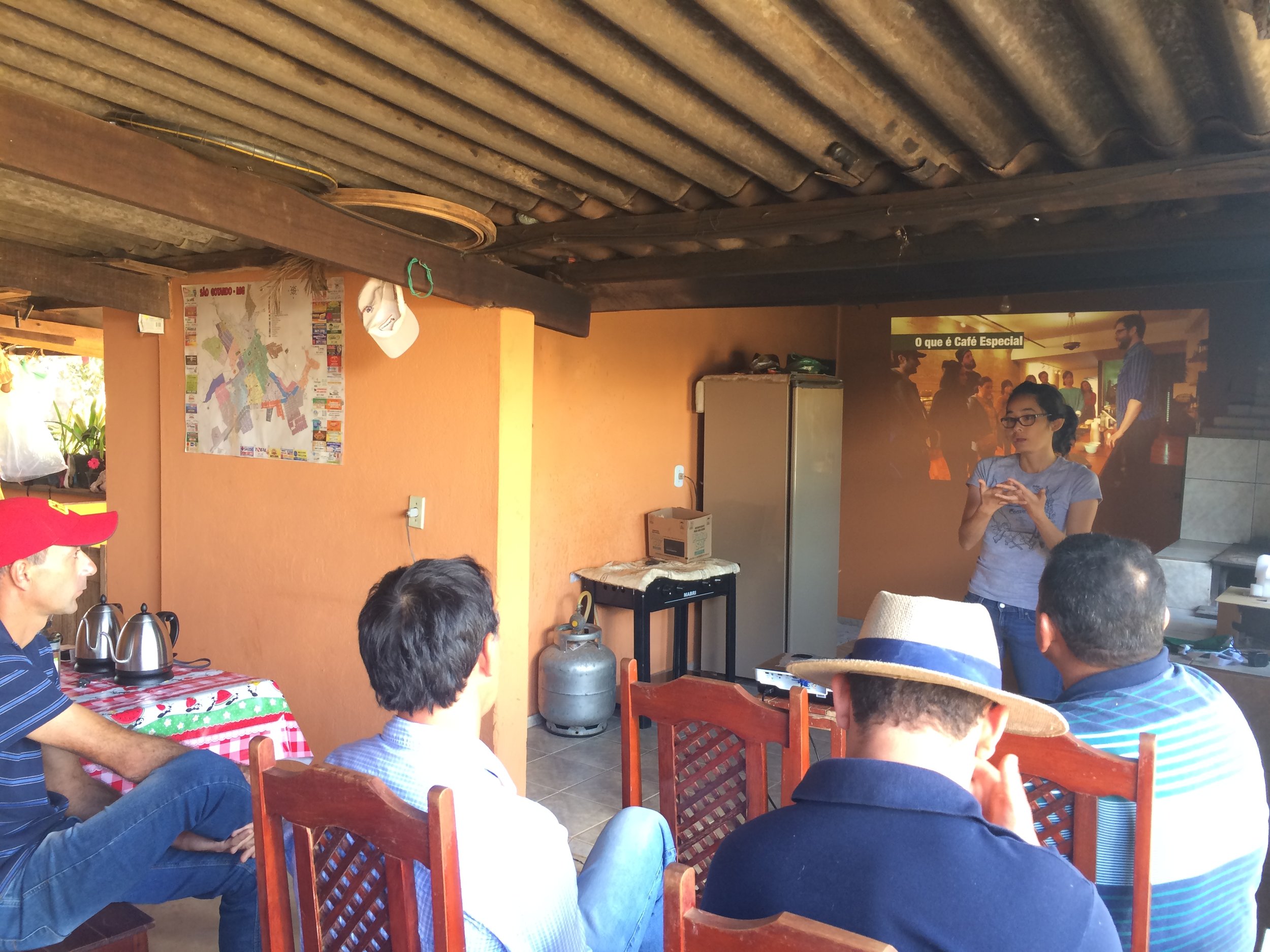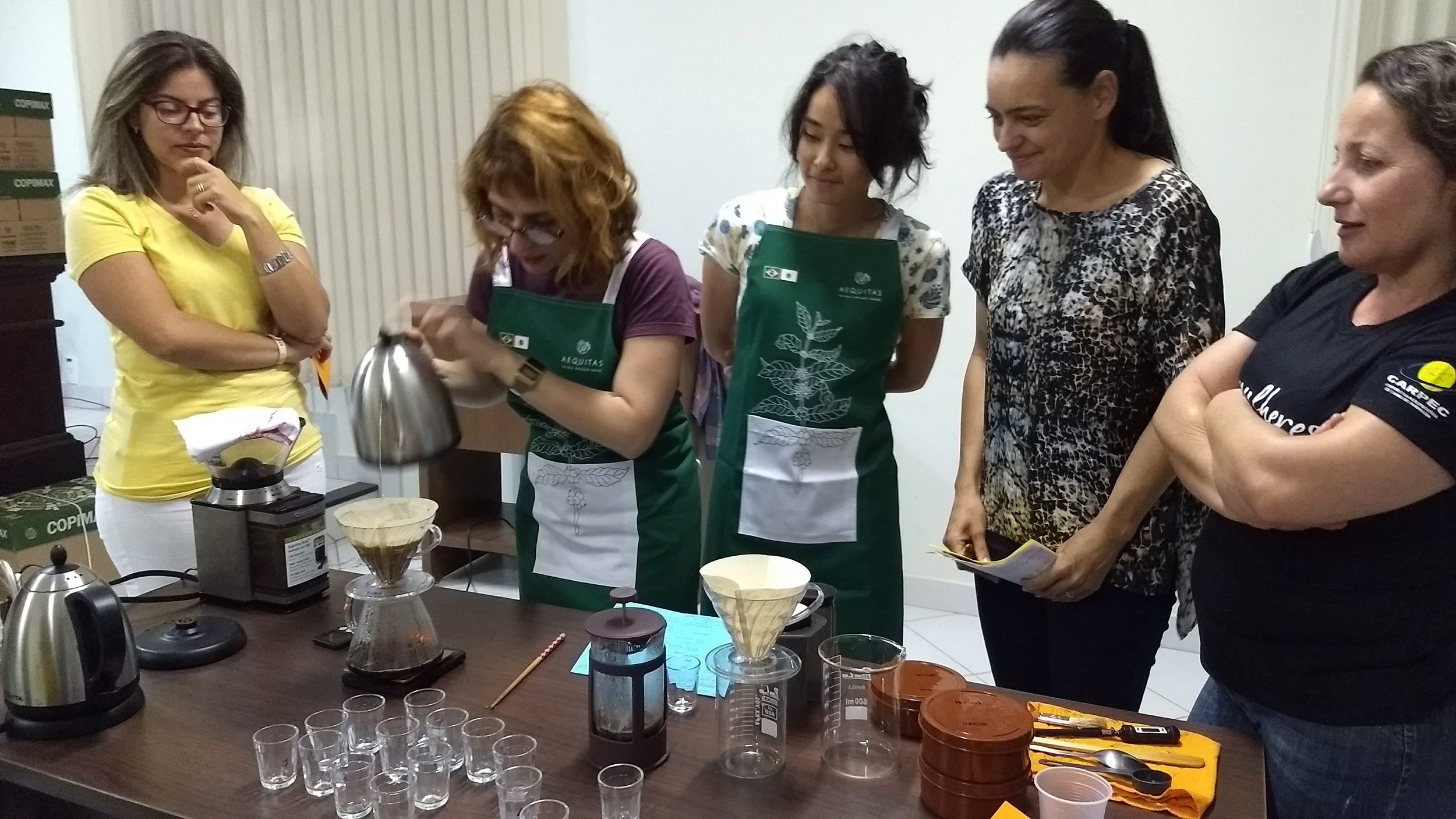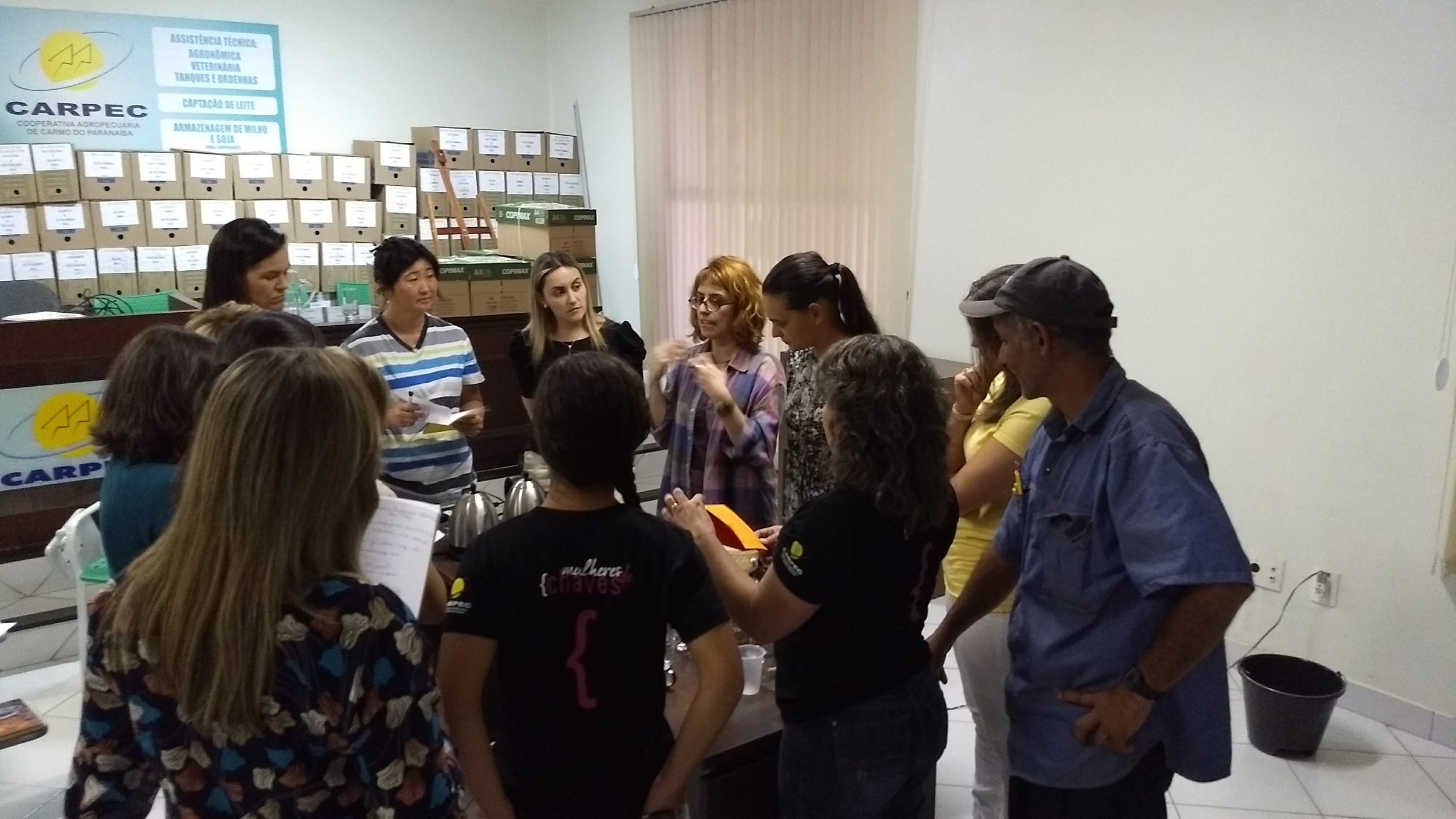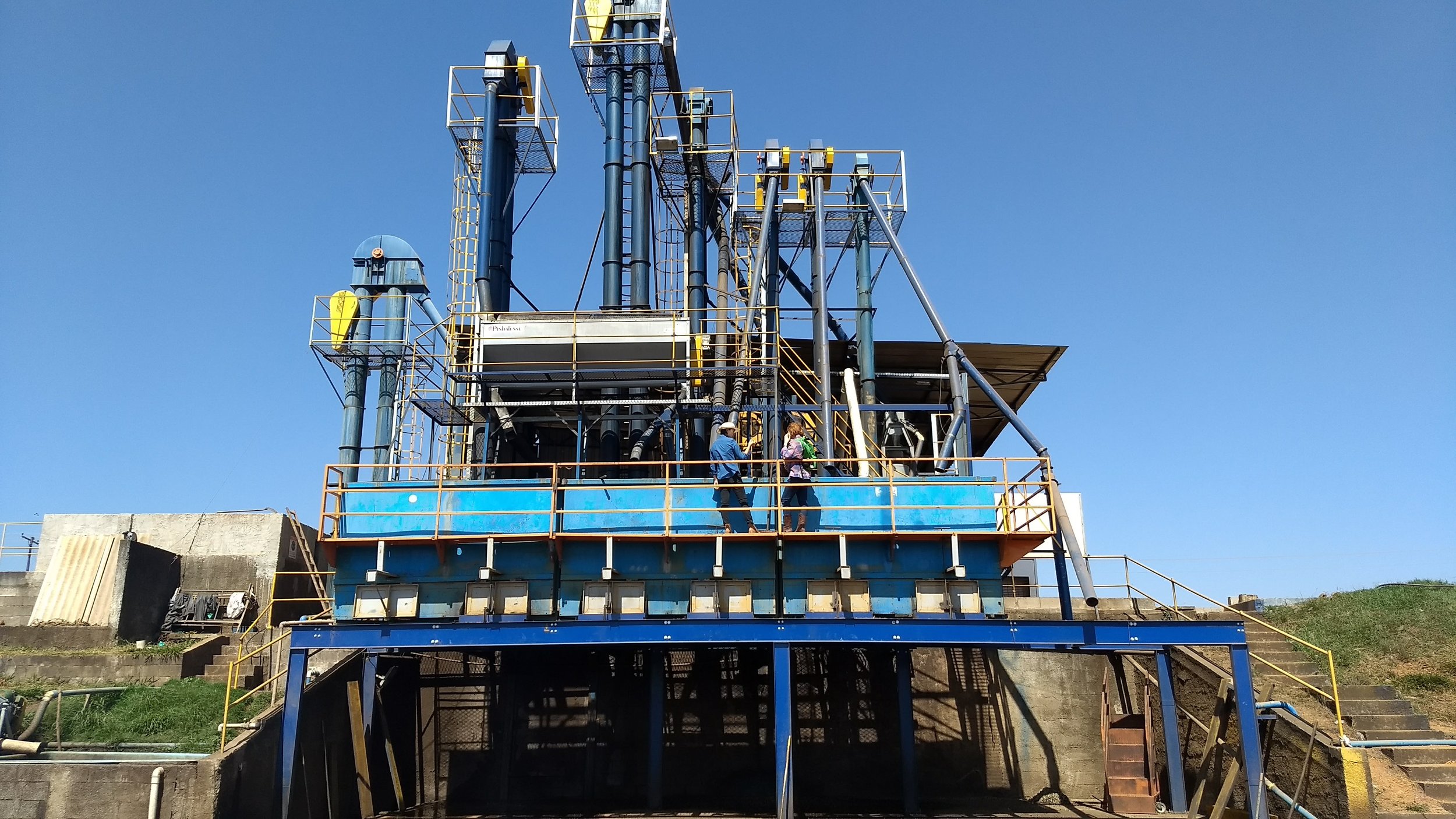Wow! 2017 was one of the most intense years in my whole life. Being an entrepreneur requires an energy that you didn’t imagine you’d have, ability to deal with unknown experiences, be patient to learn with them, and remember your mission every day.
I remember two and half years ago talking to a close friend who calls herself as my second mother. She is my mom’s age and a great counselor. At that time, I told her that I wanted to have my own business, apart from working in the family farming business, something related to specialty coffee export but I didn’t know how to start. By that time I had already exported a container with the family's coffee to Europe and wondered how I could do the same for other producers.
I’ve been closely in touch with specialty coffee since September 2013 when I did a barista course at CoffeeLab in São Paulo. In that same year, I spent three months in Paris and frequently visited many coffee shops there. I got amazed by the growing specialty coffee scene and dreamed of one day seeing my family's name in a coffee menu at one of those cafés. My knowledge was restricted to the market from a specialty coffee consumer perspective and I dedicated myself to studying and researching every time I had an opportunity to travel abroad and in São Paulo as well.
In 2014, I decided moving back from Sao Paulo, a cosmopolitan metropolis of 11 million people, to my little hometown Sao Gotardo of 30 thousand people. It was a hard decision. I aimed working with specialty coffee from a producer perspective at the family’s farm. My father has been working with coffee since he was a little boy – now he’s 70 – and here in Cerrado region since 1975. He’s never heard of specialty coffee, and considering this context, it’s not hard to imagine his resistance to my fanciful ideas about producing this sort of product. As soon as I arrived I started the traceability program and began a plan for the farm certification. Now we have Certifica Minas Certification and UTZ.
In September 2016, after accumulating some knowledge about the market, I had my export company business canvas done and now one and half years later here I am with Aequitas. In April 2017, I officially launched Aequitas Coffee at SCA coffee expo. There I made some contacts and thanks to IWCA network I started a meaningful connection that lead Aequitas to successfully accomplish the aim of connecting producers to the specialty coffee market and vice-versa.
Aequitas coffee bag
After interviewing each producer, today I feel proud and fulfilled of seeing my family’s, the producers’, and the region stories into the importers’ website and I know that it’s reaching the roasters and I believe even consumers. It comes to my memory that moment in Paris four and half years ago that motivated me to challenge myself. Finally, the farmer is now the protagonist and from their perspective this is so meaningful because it broke a paradigm that has existed for years, in which coffee was simply traded as a commodity and the producer had no idea on its quality and destination. The stories are being forwarded to a numerous number of people and for those who value it, they’ll be able to dive into a journey behind an apparently single cup of coffee.
After this first year of export experience, Aequitas presented above market prices in relation to the region’s physical prices basis and could pay an average for ready to export coffee from 70% to 75% of the FOB price to the producer, in comparison to the C-Market, considering the day the producer was paid and a fixed currency established via export financing. The other part refers to packing, logistics, bank financing, port, government taxes and Aequitas work.
For 2018, the expectation is to continue creating transparent, win-win relationships, long lasting, and meaningful coffee connections and share with the world our specialty coffee, our people and our stories. If you’re interested in learning what we have to offer please contact me. Or if you want to know our coffees and their profiles, please visit Crop to Cup Coffee Importers – look for Edson Tamekuni and Yuki Minami. Also Mercanta – at UK warehouse, look for Fazenda Olhos d'Água, Yamaguchi Farm Lote 68, Fazenda Onze Mil Virgens, Fazenda Santo Antonio and Fazenda Agrovila.
I couldn't finish this post without thanking my family, the producers, importers and IWCA who have trusted in Aequitas work and contributed to making this dream a reality.
See ya!
